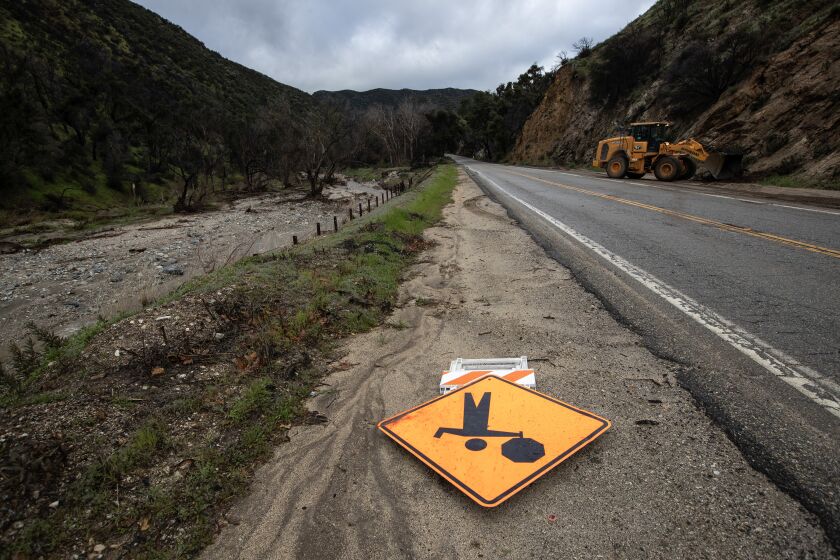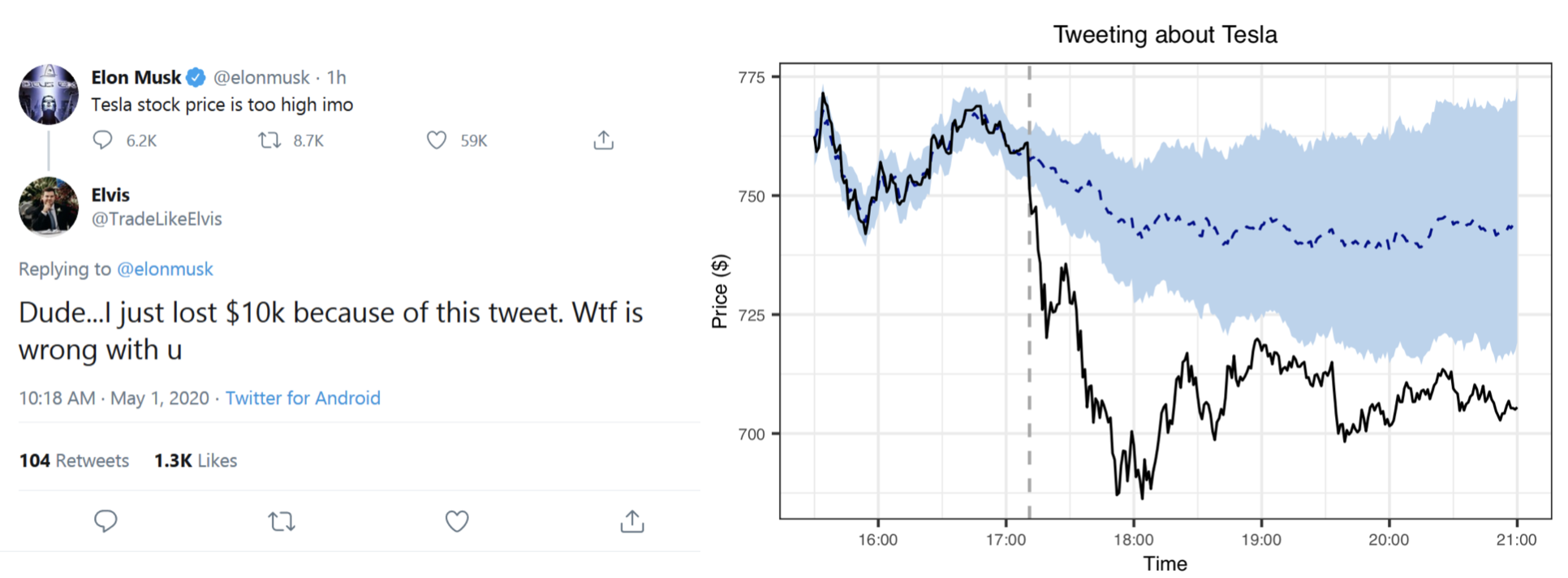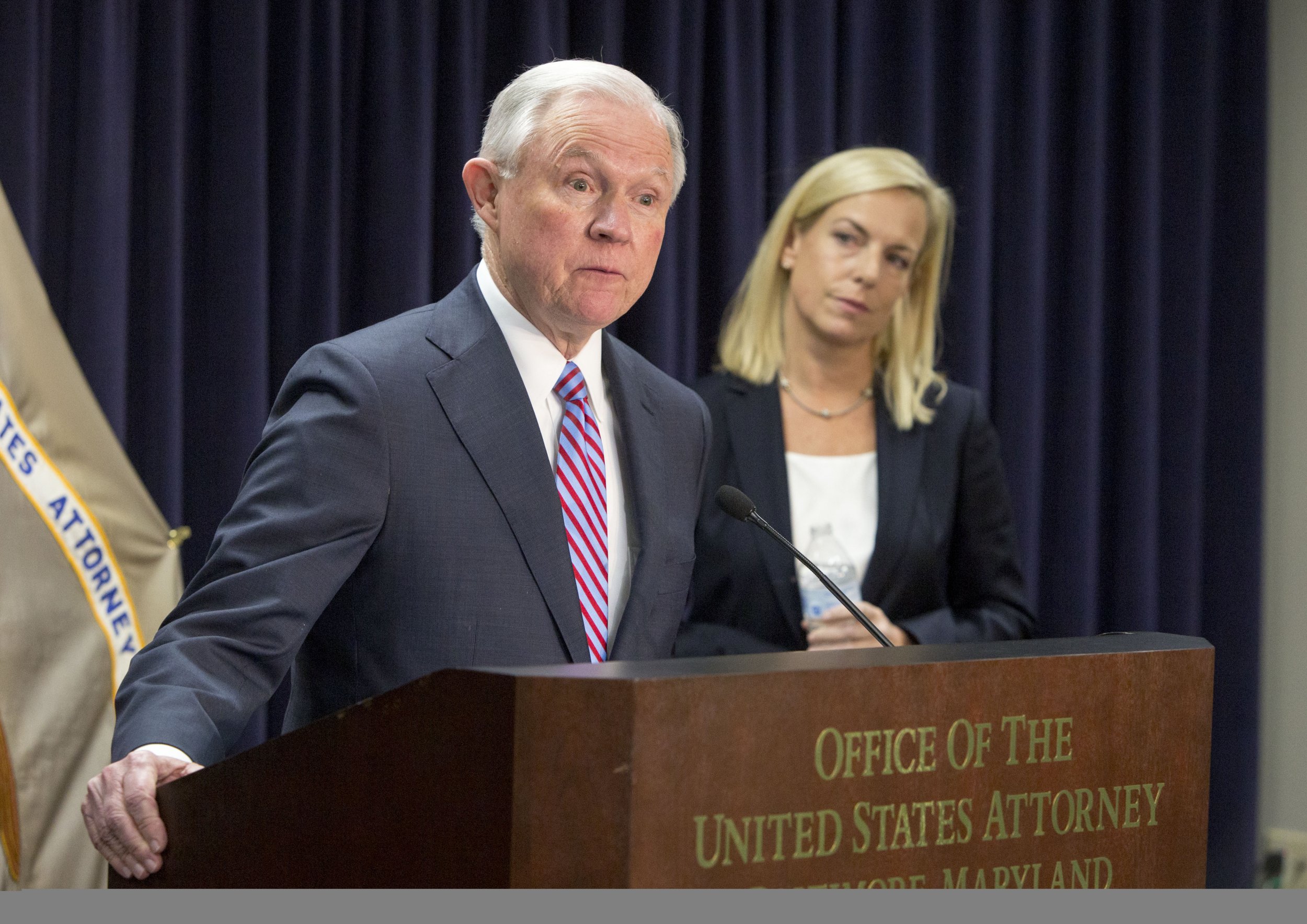Cities Under Siege: Dangerous Climate Whiplash And Its Global Impact

Table of Contents
Understanding Climate Whiplash and its Urban Impacts
Climate whiplash refers to the rapid succession of drastically different extreme weather conditions. Instead of a gradual shift in climate patterns, we are seeing a dangerous oscillation between extremes. For example, a prolonged drought might be abruptly followed by torrential rainfall and devastating floods, or a scorching heatwave quickly gives way to an unseasonal cold snap. This unpredictable nature makes it incredibly challenging for cities to adapt.
- Increased frequency and intensity of extreme weather events: Climate whiplash exacerbates existing vulnerabilities, leading to more frequent and intense heatwaves, droughts, floods, wildfires, and storms.
- Disruption of urban infrastructure: Power grids struggle to cope with extreme temperature swings, transportation networks are crippled by flooding or extreme snow, and water systems are strained by drought followed by deluge. Infrastructure damage from climate whiplash leads to massive economic losses.
- Strain on emergency services and public health resources: The rapid succession of disasters overburdens emergency services, healthcare systems, and public health infrastructure, leaving communities vulnerable to disease outbreaks and other health crises.
- Economic losses due to property damage and business disruption: The cost of repairing damaged infrastructure, compensating for business losses, and providing disaster relief is astronomical, placing a significant strain on city budgets and national economies.
Case Studies: Cities Facing the Brunt of Climate Whiplash
Several cities are already experiencing the devastating effects of climate whiplash firsthand.
Mumbai, India: Mumbai faces the dual threat of intense monsoons and periods of severe drought. The city's aging drainage systems struggle to cope with torrential rainfall, leading to widespread flooding and disruption. Conversely, periods of drought impact water supplies, impacting both residents and businesses. These alternating extremes highlight the city's vulnerability to climate whiplash.
- Specific examples of extreme weather events: Devastating monsoon floods in 2022, followed by periods of water scarcity.
- The resulting social, economic, and environmental consequences: Loss of life and property, disruption of transportation, and strain on sanitation systems.
- Current adaptation and mitigation strategies: Investments in improved drainage systems, water management strategies, and early warning systems.
London, UK: London, while seemingly less prone to extreme weather, has seen increasing incidents of flash flooding and heatwaves. The aging infrastructure struggles with such rapid shifts in weather patterns, leading to significant disruption.
- Specific examples of extreme weather events: Increased frequency of intense rainfall causing flash floods in recent years alongside record-breaking heatwaves.
- The resulting social, economic, and environmental consequences: Damage to property, disruption to public transportation, and impacts on public health.
- Current adaptation and mitigation strategies: Investment in green infrastructure, improved drainage systems, and heatwave preparedness plans.
Phoenix, Arizona, USA: Phoenix is grappling with extreme heat, experiencing increasingly intense and prolonged heatwaves, followed by unpredictable bursts of intense rainfall.
- Specific examples of extreme weather events: Record-breaking heat waves, followed by flash floods in the desert landscape.
- The resulting social, economic, and environmental consequences: Heat-related illnesses, increased energy demand, damage to infrastructure due to flash flooding.
- Current adaptation and mitigation strategies: Strategies to combat urban heat island effects, improved water management, and investment in resilient infrastructure.
The Global Implications of Urban Climate Whiplash
The impacts of urban climate whiplash extend far beyond individual cities.
Mass Migration and Displacement: As cities become increasingly uninhabitable due to extreme weather events, mass migration and displacement will become inevitable. People fleeing climate-related disasters will place enormous strain on neighboring regions and international resources.
Geopolitical Instability: Competition for increasingly scarce resources like water and food, exacerbated by climate whiplash, can trigger conflict and instability between nations. The displacement of large populations can further destabilize vulnerable regions.
Economic Impacts on a Global Scale: The cumulative economic cost of damage to urban infrastructure, disruption of businesses, and the need for disaster relief will place immense pressure on the global economy. The costs associated with climate migration will also be considerable.
- Increased competition for resources: Water scarcity, food shortages, and energy crises are likely to intensify, leading to competition and conflict.
- Strain on international aid and disaster relief efforts: The sheer scale of disasters will overwhelm existing mechanisms for international assistance.
- Potential for increased social unrest and conflict: Resource scarcity, displacement, and economic hardship can fuel social unrest and conflict.
Building Climate-Resilient Cities: Mitigation and Adaptation Strategies
Building climate-resilient cities requires a multi-pronged approach focused on both mitigation and adaptation.
Infrastructure Improvements: Investing in infrastructure designed to withstand extreme weather events is crucial. This includes flood defenses, heat-resistant buildings, and improved drainage systems. Sustainable infrastructure is key.
Early Warning Systems: Advanced weather forecasting and early warning systems are essential to enable timely evacuations and minimize the impact of extreme events. Improved communication systems are equally critical.
Sustainable Urban Planning: Sustainable urban design, incorporating green spaces, green roofs, and permeable pavements, can help mitigate the urban heat island effect and reduce the risk of flooding. Prioritizing climate adaptation measures in urban planning is essential.
- Investing in resilient infrastructure: Building flood defenses, heat-resistant buildings, and improving water management systems.
- Implementing advanced weather forecasting and monitoring systems: Providing timely warnings and enabling effective emergency response.
- Promoting green spaces and sustainable urban development: Mitigating the urban heat island effect and reducing flood risk.
- Enhancing community preparedness and resilience programs: Educating communities about disaster preparedness and creating community-based response systems.
Conclusion:
Climate whiplash poses a profound and immediate threat to cities worldwide. The consequences – from mass displacement to geopolitical instability and crippling economic losses – are severe and far-reaching. Building climate-resilient cities requires a concerted global effort involving investment in sustainable infrastructure, robust early warning systems, and innovative urban planning strategies. Understanding the threat of climate whiplash is the first step towards building more resilient cities. Learn more about how you can contribute to climate adaptation efforts and protect our urban centers from the devastating impacts of extreme weather events.

Featured Posts
-
 Adanali Ronaldodan Ronaldonun Cok Cirkinsin Demesine Cevap
May 28, 2025
Adanali Ronaldodan Ronaldonun Cok Cirkinsin Demesine Cevap
May 28, 2025 -
 Update German Source On Rayan Cherki Transfer Speculation
May 28, 2025
Update German Source On Rayan Cherki Transfer Speculation
May 28, 2025 -
 Indiana Pacers Vs Chicago Bulls Game Time Tv Coverage And Streaming Details March 10
May 28, 2025
Indiana Pacers Vs Chicago Bulls Game Time Tv Coverage And Streaming Details March 10
May 28, 2025 -
 Cristiano Ronaldo Nun Marka Degerinin Ardindaki Stratejiler
May 28, 2025
Cristiano Ronaldo Nun Marka Degerinin Ardindaki Stratejiler
May 28, 2025 -
 Ayndhwfn Yhtfl Blqb Aldwry Alhwlndy Rhlt Almwsm
May 28, 2025
Ayndhwfn Yhtfl Blqb Aldwry Alhwlndy Rhlt Almwsm
May 28, 2025
Latest Posts
-
 Suge Knight Calls On Diddy To Take The Stand
May 31, 2025
Suge Knight Calls On Diddy To Take The Stand
May 31, 2025 -
 The Musk Effect Dogecoins Impact And His Business Re Engagement
May 31, 2025
The Musk Effect Dogecoins Impact And His Business Re Engagement
May 31, 2025 -
 Sanctuary Cities Under Trump Administration Scrutiny Full List And Impact
May 31, 2025
Sanctuary Cities Under Trump Administration Scrutiny Full List And Impact
May 31, 2025 -
 Suge Knight Wants Diddy To Testify A Plea For Humanization
May 31, 2025
Suge Knight Wants Diddy To Testify A Plea For Humanization
May 31, 2025 -
 Dogecoin And Beyond Elon Musks Renewed Focus On His Companies
May 31, 2025
Dogecoin And Beyond Elon Musks Renewed Focus On His Companies
May 31, 2025
